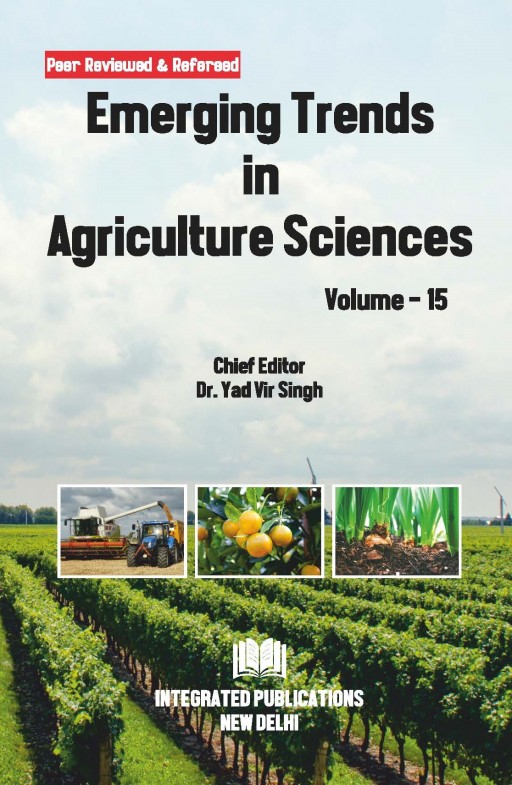Remote sensing plays a pivotal role in the effective management of natural resources by providing valuable insights into the Earth's surface and its features. This technology utilizes sensors mounted on satellites, aircraft, or drones to capture data, enabling comprehensive monitoring of land, water, and vegetation. In natural resource management, remote sensing facilitates accurate mapping of land cover, deforestation analysis, and assessment of water quality. It aids in the identification and monitoring of biodiversity, helping conservation efforts and ecosystem preservation. Remote sensing also contributes to precision agriculture by optimizing crop management practices, detecting disease outbreaks, and assessing soil health. The data obtained through this technology enhances decision-making processes related to resource allocation, environmental protection, and sustainable development. By offering a broad perspective and real-time information, remote sensing empowers policymakers, researchers, and land managers to make informed choices for the responsible stewardship of natural resources.
Copyright information
© Integrated Publications.

